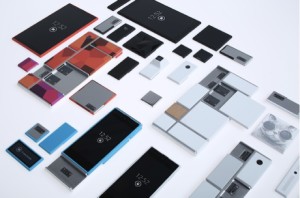
Tim Berners-Lee:
“I was recently asked to talk about the idea of “open”, and I realized the term is used in at least eight different ways. The distinct interpretations are all important in different but interlocking ways. Getting them confused leads to a lot of misunderstanding, so it’s good to review them all.
When we tease apart their meanings, we can understand more clearly which aspects of each are the most important. The first, one of the most important forms of openness for the Web, is its universality.
Universality
When I designed the Web protocols, I had already seen many networked information systems fail because they made some assumptions about the users – that they were using a particular type of computer for instance – or constrained the way they worked, such as forcing them to organize their data in a particular way, or to use a particular data format. The Web had to avoid these issues.
The goal was that anyone should be able to publish anything on the Web and so it had to be universal in that it was independent of all these technical constraints, as well as language, character sets, and culture.
Net Neutrality is essential to an open, fair democracy Close to the principle of universality is that of decentralization, which means that no permission is needed from a central authority to post anything on the Web, there is no central controlling node, and so no single point of failure. This has also been critical to the Web’s growth and is critical to its future.
Continue reading “Jean Lievens: A Typology of Openness (Tim Berners Lee via Michel Bauwens)”







